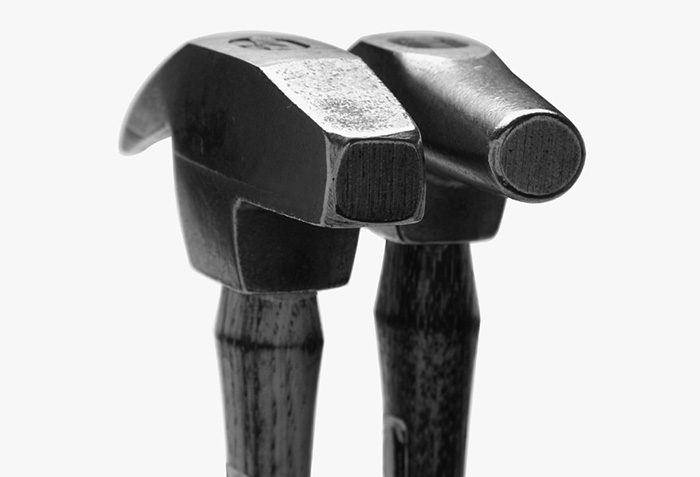American Farriers Journal
American Farriers Journal is the “hands-on” magazine for professional farriers, equine veterinarians and horse care product and service buyers.

GETTING AN EDGE. Beveled edges on hammer faces add durability and safety.
The old adage, “You get what you pay for,” is true more often than not — especially when it comes to buying farrier tools. Still, I have to admit that I’ve seen some fancy tools with fancy prices that weren’t worth much and a few “down and dirty” ones that were surprisingly good.
So just how do you know if you’re getting your money’s worth? I’ve been working with farrier tools for a long time, and there are definitely some things to look for to make sure you’re getting a tool that will last.
A driving hammer is one of the farrier’s most-used tools, so it’s important to get a good one. One of the first things you should look at is the handle. Although some other hardwoods will do, hickory is by far the most popular choice for hammer handles. It has a very close grain, so it’s extremely strong. Hardwoods with a grain that is more porous will work OK for a while, but will simply not have the durability of hickory or other close grain woods.
No hammer is much good if the hammerhead isn’t securely attached in a way that holds permanently without causing so much pressure that it damages the wood and weakens the joint.

TIGHT FIT. Dual wedges hold this hammer head securely.
The best way I’ve seen to secure the head of a driving hammer…